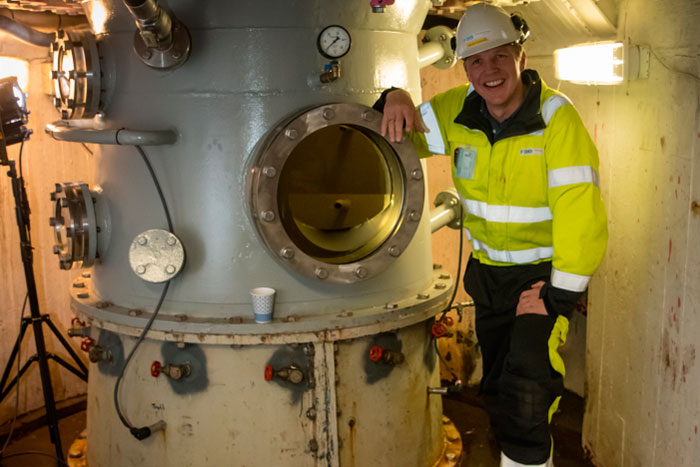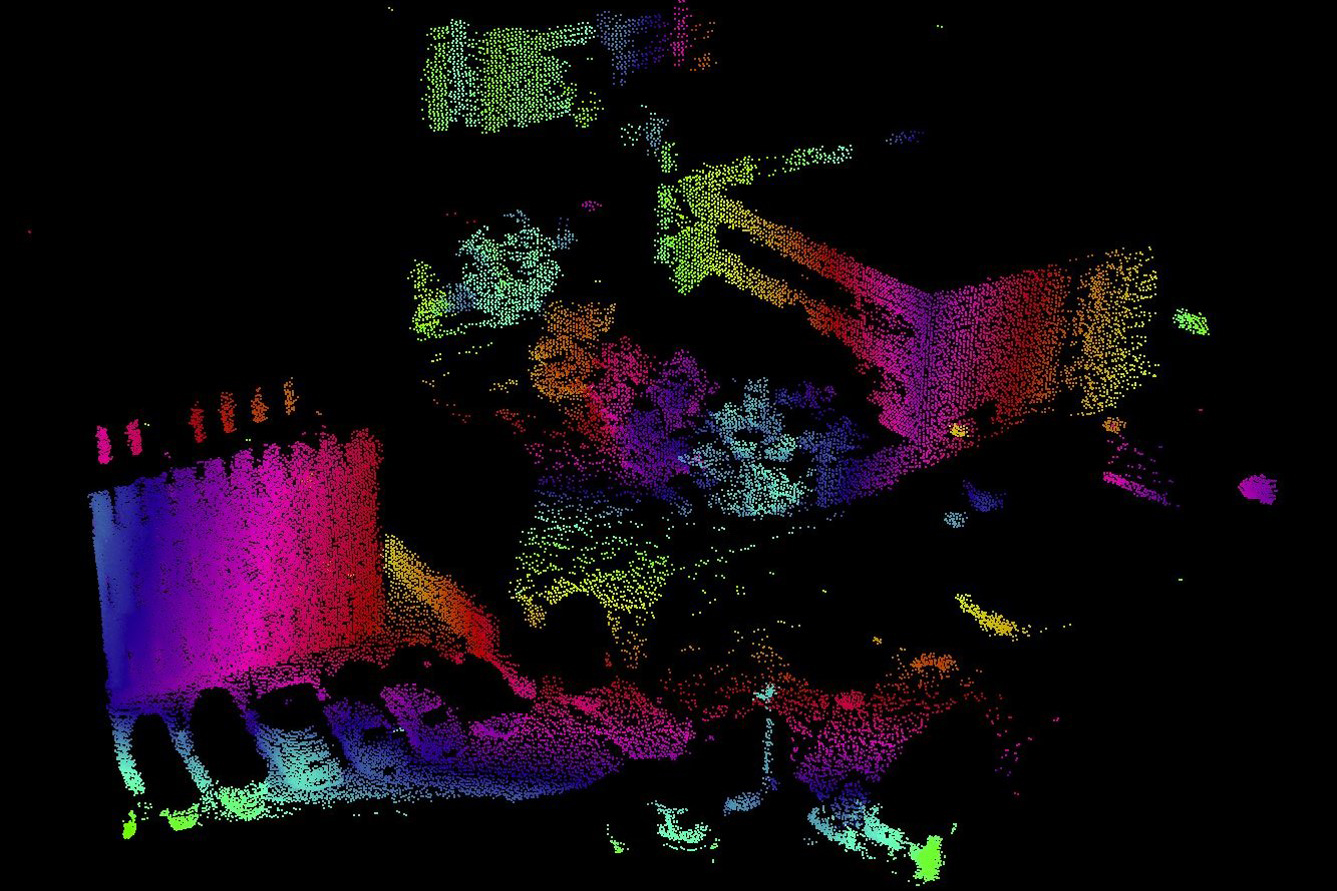Photonic technologies for 3D detection

Active control to improve the performance of hydraulic turbines
May 21, 2019
Better protection from exhibitions to low ionizing radiations in the health sector
April 12, 2019The Centre for Sensors, Instruments and Systems Development (CD6 UPC) and BEAMAGINE, S.L., a spin-off from the same Centre, have begun to participate in the European project VIZTA (Vision, Identification and Z-sensing Technologies and Key Applications).

The aim of VIZTA is to capitalize on and develop technologies and components in the field of optical sensors and light sources for short- (up to 5 m), medium- (up to 60 m) and long-range (over 100 m) 3D detection, and demonstrate its value in applications including the automotive industry, security, smart buildings, mobile robotics for smart cities and industry 4.0.
Among the technologies that will be developed during the execution of the project, CD6 and BEAMAGINE will work in the automotive area and their activities will focus on long-range detection using LIDAR (Laser Imaging Detection and Ranging). In particular, the UPC and Beamagine will act as specifiers of the detectors and light sources that are developed in European laboratories in the consortium that are related to this application. They will undertake the tasks of designing, constructing and integrating the components into operational prototypes, and will validate their features. Long-range LIDARS are key components in the development of the set of sensors for future autonomous vehicles, as they are at the limit of the component specifications and current regulations. A number of technologies are competing to attain the right characteristics in a market as large as that of the automotive sector.
The project kick-off took place in Paris on the 20 and 21 May. VIZTA, which will last 42 months, is funded through the Horizon 2020 programme, in particular JU ECSEL (Electronic Components and Systems for European Leadership), initiative, and co-funded by the Spanish state. The transnational consortium that is involved brings together 23 members from 9 European countries with a total budget of 88 million euros and is led by ST Microelectronics (France). Within the consortium are 6 Spanish members (4 Catalans), with a national budget of 5 million euros, which makes it the largest collaborative project associated with industrial photonics that has been undertaken in Spain.
Technology
Sector
You want to know more?
Related Projects
- The research and innovation laboratory at the Barcelona School of Informatics (inLab FIB) of the Universitat Politècnica de Catalunya - BarcelonaTech (UPC) is taking part, along with the distribution company Assolim, in the design of a test of concept to create optimised routes for each vehicle for transport on demand.
- A team of researchers from the Acoustic and Mechanical Engineering Laboratory (LEAM) in the Centre for Advanced Technologies in Mechanics (CATMech) at the Universitat Politècnica de Catalunya - BarcelonaTech (UPC) is participating in the development of a method that can generate and update noise maps for cities via mobile acoustic sensors.
- A multidisciplinary team at the Universitat Politècnica de Catalunya - BarcelonaTech (UPC) is working on the European project AI - Enhanced Fibre -Wireless Optical 6G Network in Support for Connected Mobility (6G-EWOC) to develop technologies and a 6G optical network that will combine artificial intelligence with 6G technologies, remote sensing systems and optical communication (wireless and by optical fibre). The result will be a network that will enable autonomous and human-driven vehicles to circulate safely, avoiding accidents in zones that have a lot of traffic or are very busy.
- The research group Barcelona Innovative Transportation (BIT) and the innovation and research laboratory of Barcelona School of Informatics (inLab FIB) at the Universitat Politècnica de Catalunya - BarcelonaTech (UPC) is taking part in the project eBRT2030 (European Bus Rapid Transit of 2030: electrified, automated, connected).




